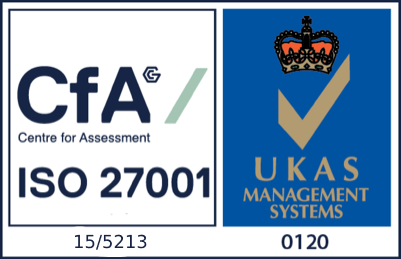- Bromley020 8290 0333
Breach of Covenants and Forfeiture
If you are landlord dealing with tenants who have breached a covenant in their lease or want to forfeit the lease, we can assist you in these proceedings.
Most importantly, there must be clauses in the lease allowing you to take actions following breaches of covenants. There are significant consequences for landlords who attempt to take actions not covered by the terms of the lease, no matter how abhorrent the actions of tenants.
Peaceable Re-Entry
- If you are a landlord leasing out a commercial property and there is a clause in the lease allowing peaceable re-entry to take possession following rent arrears, this action can be taken.
- There are procedures to follow if using this method, and it is important to get these steps right to avoid criminal liability.
Breach of Covenants
- If a tenant takes actions which are specifically not authorised in the lease, such as subletting without permission or carrying out unauthorised alterations, this is a breach of covenant.
- Failure to pay rent is also a breach of covenant.
- A landlord’s options in this situation are to either commence forfeiting the lease, or to continue the lease but go to court to claim damages to account for rent arrears or compel the tenant to comply with the lease.
Forfeiture
- You can only exercise the right to forfeit if the terms of the lease specifically allow you to do this. A right of re-entry is different to a right of forfeiture.
- If you attempt to remove a tenant from the property and the lease does not allow for forfeiture, you may be prosecuted for committing a criminal offence.
- If rent is in arrears, you must write to the tenant and state the amount of rent owing, the period it has been unpaid, your name as a landlord and how the rent can be paid.
- If you want to forfeit the lease for any other reason, you must serve a “Section 146 notice” (from the Law of Property Act 1925), which includes information about the breach of the lease. There is not an automatic right to apply for an order authorising forfeiture, as the tenant must be given an opportunity to remedy the breach.
- For a “Section 146 notice” to become valid, either the tenant must agree that rent is in arrears or a covenant has been breached, or a First-tier Tribunal (Property Chamber), or a court, a post-dispute arbitration agreement determines that the rent is in arrears or a covenant has been breached.
- If the rent is not paid, or the breach is not remedied, the landlord may apply to the court for an order authorising forfeiture.
- The tenant can apply for “relief from forfeiture”, which will restore their lease. This will usually come into effect if the tenant promptly pays rent in arrears, remedies any breaches and pays the landlord’s legal costs.
At Judge & Priestley we can advise you on the steps to take if your tenants breach covenants, and if you wish to forfeit the lease. Our expertise means we can instruct you on the correct steps to be taken, and actions to avoid.
To discuss the legalities surrounding breach of covenants and forfeiture further, please call us on 020 8290 0333 to speak to one of our solicitors.









